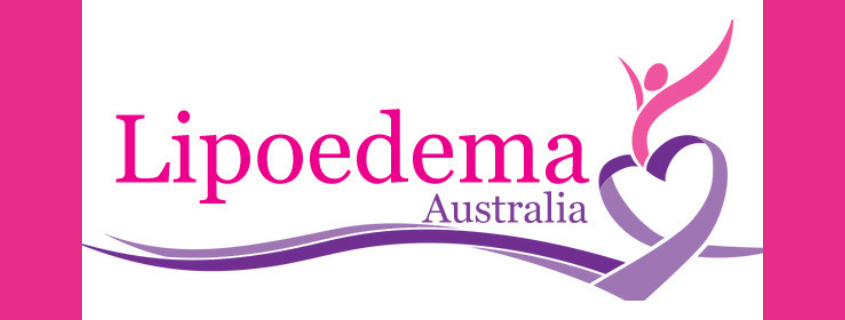
The Lipoedema Australia National Conference was held on the Gold Coast in Queensland last month and while most of us wouldn’t have thought twice about it, there is actually a larger number of women living with this disease than we realise. Dr Naveen Somia, respected Specialist Plastic Surgeon based in Sydney, attended the Lipoedema Conference and we asked him to help us understand this little known about condition that is said to affect up to 11% of women.
What is Lipoedema?
Lipoedema refers to the condition where arms and legs are symmetrically enlarged and heavy with painful fat that is disproportionate to the rest of the body. Progression of the disease often occurs during times of hormonal change such as puberty, pregnancy and menopause. Diet and exercise have little effect and often there is a family history of the disease.

Symptoms may include but not be limited to:
- Banding (bracelet-like) around the ankles and wrists – feet and hands are not usually affected so the thickened legs and arms appear oddly larger or thicker.
- Affected areas feel unusually soft and wobbly because of the build up of fat.
- Bruising – Lipoedema affected areas often bruise much more easily.
- Pain – Some patients note hypersensitivity to touch and Lipoedema has also been known to cause tender or painful aches.
- Fluid retention.
- Reduced mobility.
- Skin is cold to touch
- Diet and exercise have little effect
What causes Lipoedema?
Lipoedema is known to mostly affect women and can worsen during puberty, pregnancy or menopause leading doctors to suggest it is caused by female hormones. Research is in its infancy and its exact causes are as yet unknown. All current research and studies point to a genetic link as it runs in families.
What are the treatments for Lipoedema?
While there is still more research needed into the condition, Dr Somia says the gold standard of treatment for Lipoedema includes conservative measures such as compression garments, manual lymphatic therapy, walking and adherence to a nutritious diet. Many patients benefit from Water assisted liposuction which complements these conservative methods and is designed prevent further progression of the disease, improve mobility and preserve the lymphatic system.
Other treatments include dry brushing, vibration plates and compression pumps.
What else was discussed at the conference?
Interesting and of note from the conference was the enormous complexity of presentation of the disease and the varying treatment options and responses. It is definitely not one size fits all with Lipoedema. It is clear however, that compression garments, walking as exercise and nutritious diet play an important role in its management.
If you think you or someone you know might have lipoedema you might like to arrange a consultation with Dr Naveen Somia on 02 9387 2110. You may also wish to visit the Lipodema Australia website.
